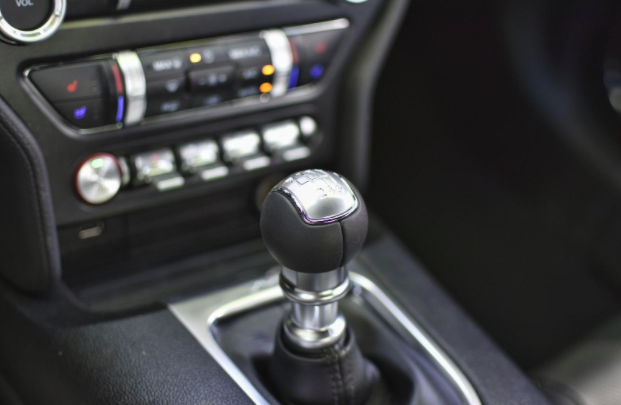Doin’ You: How to Drive Manual
Driving manual might seem daunting, but let our helpful how-to guide introduce you to driving as it was meant to be
 Alexander Cheung
Alexander CheungEven though driving manual is often considered a dying art, it does not mean it’s not worth learning. From the majestic feeling of nailing a downshift to the total control over your vehicle, once you learn to drive manual you may never go back to an automatic transmission again! Manual vehicles are also frequently a couple thousand dollars cheaper than their automatic counterparts, so you’ll save money as well.
If you are interested in learning to drive a manual, hopefully this how-to guide can help you out. All you need is a manual car (obviously), an open parking lot, and a couple hours of free time. It may take some time, but the art of driving a manual can be learned. All it takes is some practice.
Step 1: Pedals
The biggest difference between a manual and an automatic is the pedals. You are probably quite familiar with the brake and gas pedals, but the leftmost clutch pedal is likely an odd sight. The clutch allows you to disconnect the engine from the transmission. An automatic vehicle does that for you automatically, hence the name.
When you are coming to a stop (or stopped), you always need to push in the clutch all the way or else your car will stall. You can let it out all the way only if the car is in motion, or else you’ll stall and damage your engine.
2. Shifting gears
You will also notice that you can manually change gears with the gear shifter in the centre console. Since we live in Canada (and not Europe), you will be shifting with your right hand. Most modern manuals have between five and six gears. To shift the gears on a manual you need to push in the clutch all the way and then shift the gears. If you try to shift gears without pushing in the clutch all the way, it will wreck your gears and you will hear a harsh grinding sound in the gearbox. Not good!
3. Getting started
Now that we have the clutch and gear shifter out of the way, we can actually start driving the car.
To get the car rolling make sure the handbrake is off. Depress the brake and clutch fully. Once you’re ready, let off the brake but keep the clutch fully depressed. Press the accelerator down until you see the engine revving somewhere in the neighbourhood of 1,500 rotations per minute (RPM). Keep the power steady as possible. Don’t suddenly let off or give it more gas.
Shift the car into first gear. Do that by pulling the gear shifter to the left and then pushing up. You should feel the gear shift click into place letting you know the car is in gear. Unless you’re driving a Lamborghini, you should always start in first gear.
Gently let off the clutch. When I mean gently, I mean imagine you were gently applying aloe vera to a fresh sunburn. There is no rush. The biggest beginner mistake is letting off the clutch too quickly.
Eventually you will reach the “bite point” where the engine and transmission are beginning to synchronize. You will notice this because the car will slowly begin to roll forward. At this point, keep the power steady and while it may sound odd at first, don’t move your clutch foot at all. To get the car moving smoothly, you will need to keep your clutch foot as steady as humanly possible at the bite point. If you let the clutch out too quickly you will stall. It is also normal to feel the car shake a bit if you don’t apply enough power.
Once the car begins to pick up speed, you will feel the engine and transmission spinning together. You will know this because now when you let out the clutch, the transition is smooth.
4. Driving
That’s all it takes to drive a manual. When you’re picking up speed do the exact same thing to shift to second gear (pull down on the gear shifter from first and wait to feel it click into place).
There is no hard or fast rule when it comes to shifting, however, my grandpa always told me that it’s best to shift when the engine tachometer reaches 2,000 RPM. If you’re driving around the city, use the second gear from 10 to 30 kilometres an hour. If you’re moving faster than 30 km/h I’d suggest third gear. For maximum fuel efficiency you can shift to fourth gear at around 50km/h, but that’s completely optional. Fifth and sixth gear are generally reserved for highway driving.
Important Notes
- Because the engine is disconnected from the transmission when you shift gears, if you’re on a hill and you’re not quick on the gas and clutch, you will roll back. Please don’t go on the road without being comfortable in a parking lot first!
- “Rev-matching” is a fancy term for saying that if you don’t apply adequate power after a successful shift, your car will quickly deccelerate due to gearing inefficiencies. I would be remiss to leave out that you must apply power as you shift or else your car will suddenly slow down during a shift.
- Never forget to apply your handbrake when you park. If you don’t your car might roll away. There is no “park” on a manual. Use the handbrake when parking!




